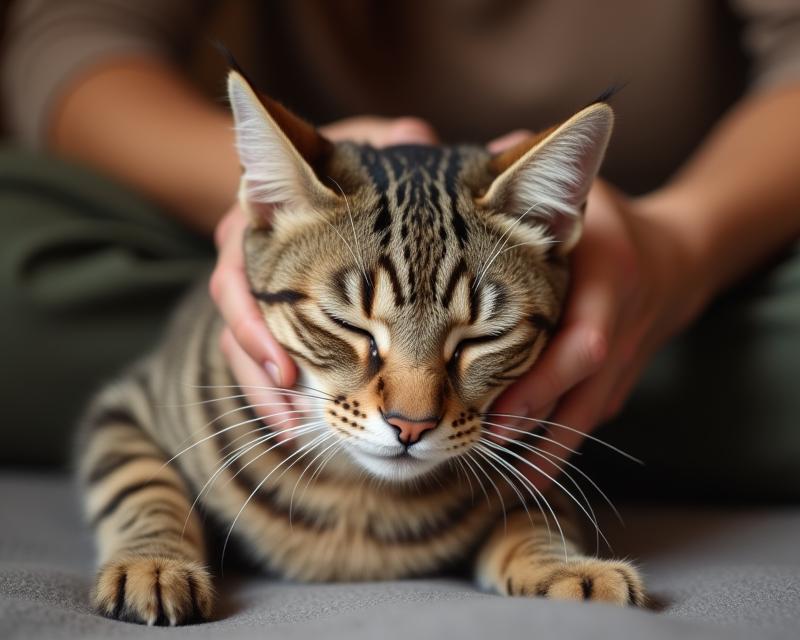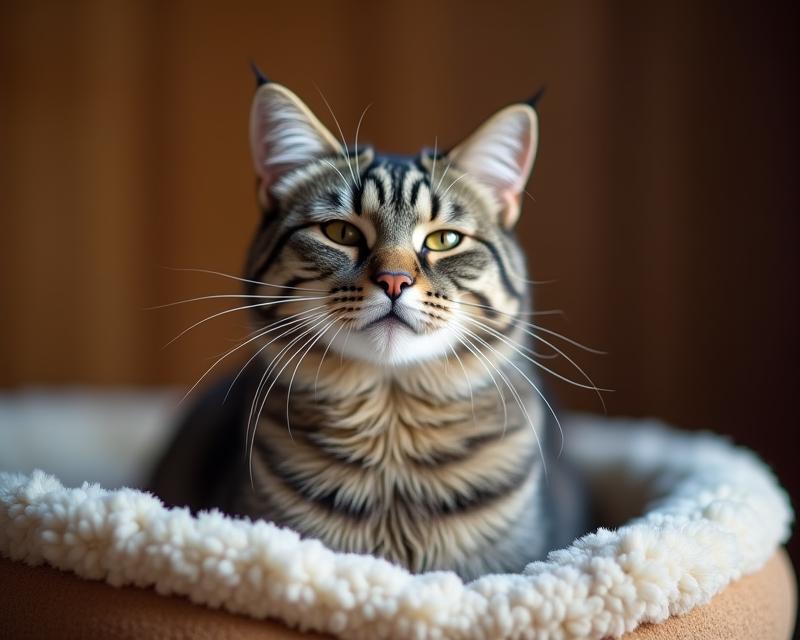Anxious Paws: Recognizing & Helping Pet Anxiety
Publish in Health el 28/06/2025 23:23
Recognizing Anxiety in Your Pet
It's heartbreaking to see our furry friends stressed or anxious. Just like us, pets can experience anxiety, and it can manifest in various ways. Understanding the signs is the first step to helping them feel safe and secure. It's important to remember that what's normal for one pet might be a sign of distress in another, so paying close attention to your pet's individual behavior is key.

Common Signs of Anxiety
Anxiety in pets isn't always obvious. Here are some common signs to watch out for:
- Panting or excessive drooling: Even when they aren't hot or exerted.
- Trembling or shaking: This can be a sign of fear or nervousness.
- Hiding or trying to escape: Seeking a safe, secluded spot is a common reaction to anxiety.
- Destructive behavior: Chewing, scratching, or digging can be a way to release pent-up energy and stress.
- Changes in appetite: Some pets lose their appetite, while others overeat as a coping mechanism.
- Excessive vocalization: Whining, barking, or howling more than usual.
- Restlessness: Inability to settle down or relax.
- Aggression: Anxiety can sometimes lead to defensive aggression.
What Can Cause Anxiety?
Many things can trigger anxiety in pets. Common culprits include loud noises (fireworks, thunderstorms), separation from their owners, changes in their environment (moving to a new home), new people or animals, and even car rides. Past trauma can also contribute to ongoing anxiety. Identifying the source of the anxiety is crucial for developing an effective plan to help your pet.
How to Help an Anxious Pet
Fortunately, there are many things you can do to help your pet manage their anxiety. Here are a few strategies:
- Create a Safe Space: Provide a comfortable, quiet den where your pet can retreat when feeling overwhelmed.
- Provide Enrichment: Puzzle toys, chew toys, and interactive games can help distract and relieve stress.
- Gradual Desensitization: If your pet is afraid of something specific, gradually expose them to it at a low intensity, rewarding calm behavior. (Consult a professional for this!)
- Calming Aids: Consider using calming pheromone diffusers (like Adaptil), calming treats, or a Thundershirt. Always consult your veterinarian before using any supplements or medications.
- Professional Help: If your pet's anxiety is severe or doesn't improve with these measures, consult with your veterinarian or a certified veterinary behaviorist. They can help diagnose the underlying cause of the anxiety and recommend a tailored treatment plan, which may include medication.
Remember, patience and understanding are key. By recognizing the signs of anxiety and taking proactive steps, you can help your pet live a happier, more relaxed life.





